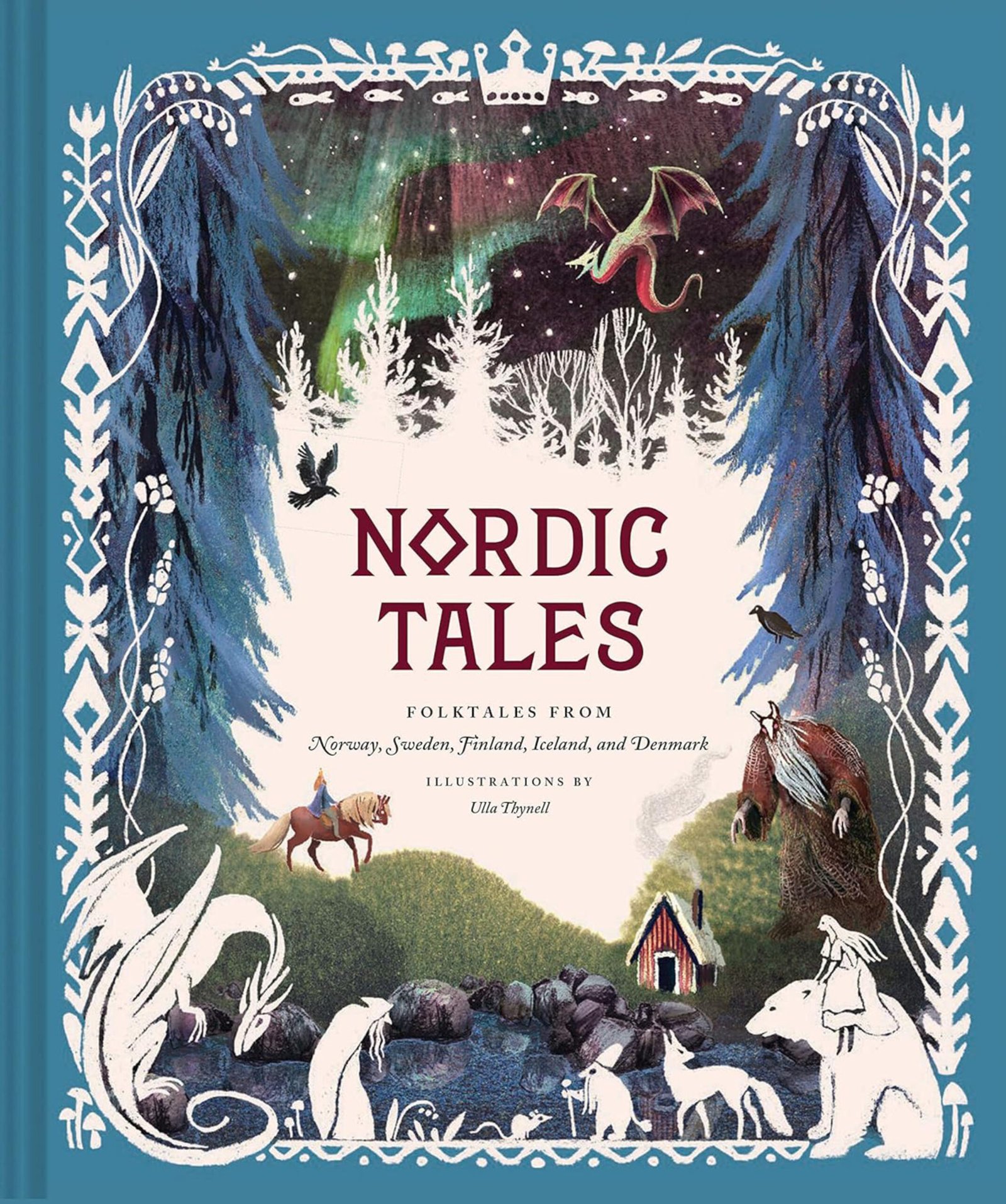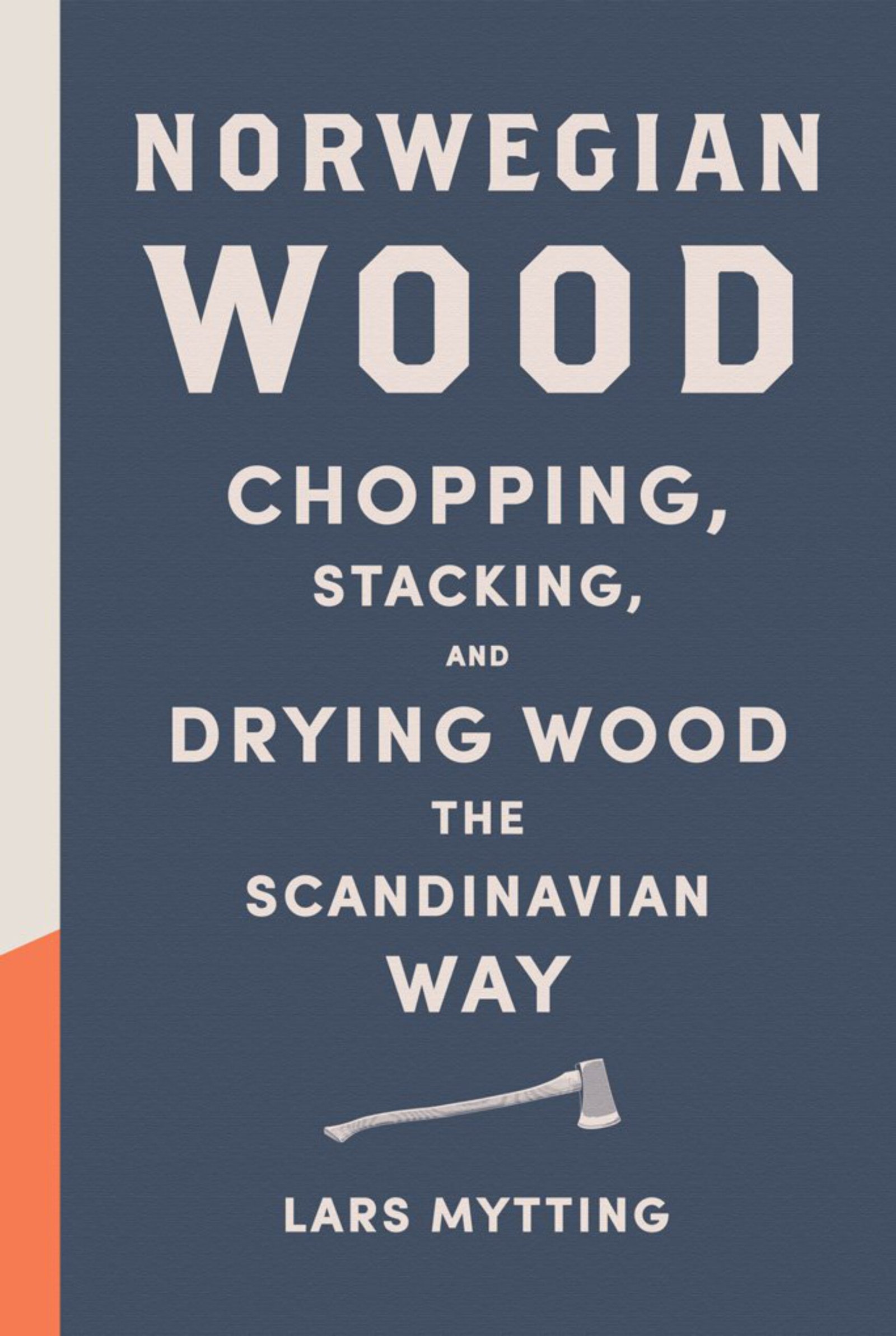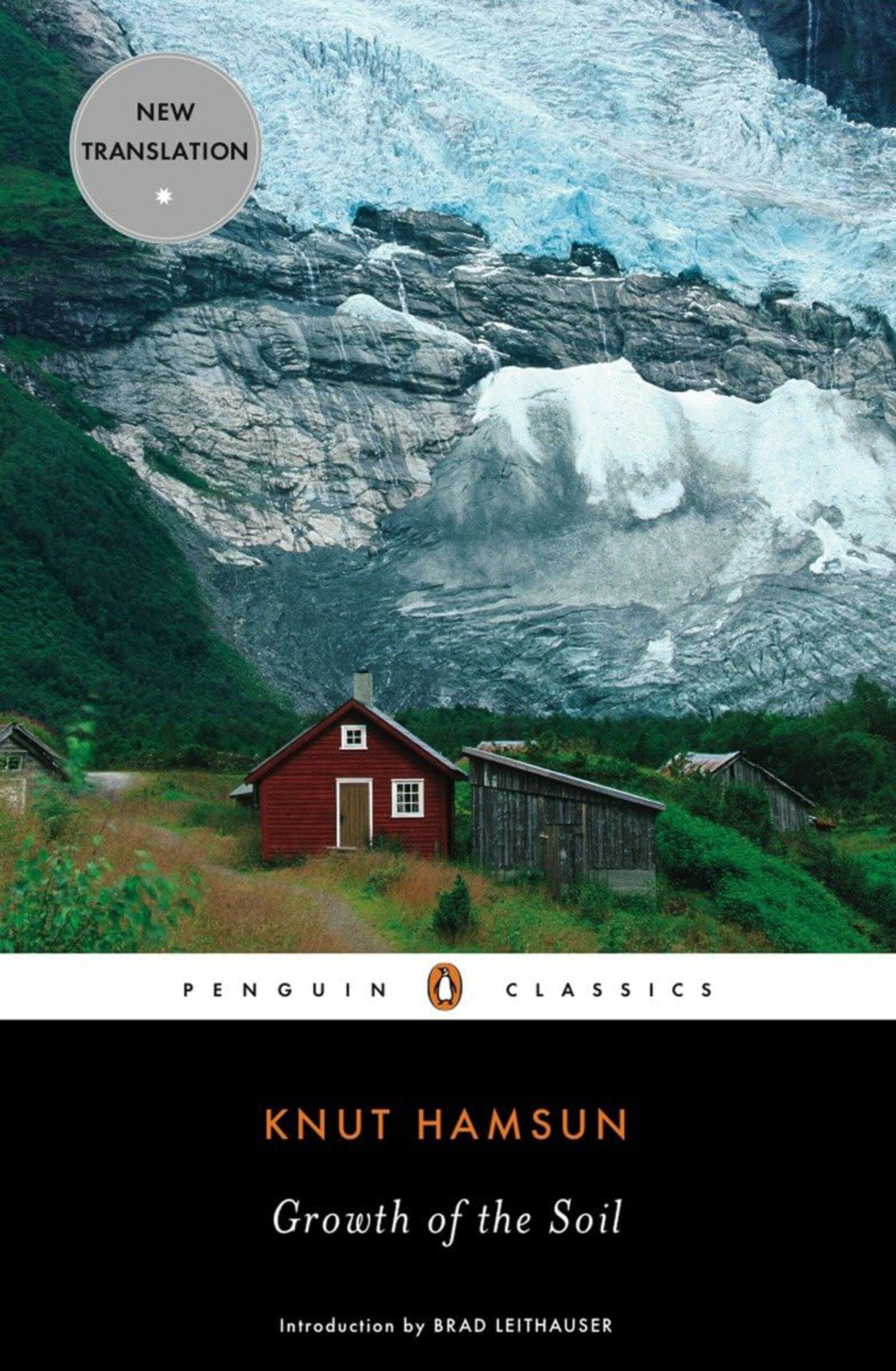Preparing for progress
For thousands of years, the Norwegians relied on boats, horses, reindeer, and their own two feet to transport both goods and people through a spectacular and challenging landscape.
With its mountains, fjords, valleys, waterways, and forests, Norway was never the easiest country to travel through.
After the creation of the modern-day Norwegian national state in 1814 – now in a union with Sweden after having been under the Danish crown for centuries – the Norwegians set out to adopt the more advanced ways of their European neighbours further south.
To fully make use of what the country had on offer – especially its inland resources – something important was missing: comprehensive and efficient inland transportation systems.
It all started with the industrial revolution
The industrial revolution started in the United Kingdom in the 1700s, and spread in waves across the European continent, and to other parts of the world.
It brought with it factories and cities – increasingly also in inland locations – and transformed the rural communities.
The scale of this momentous change could not have happened, had it not been for the invention of the railway. The steam locomotives and their carriages pulled heavy loads – and ran at an exceptional speed. Society was changed forever.
Help from England
When the Norwegians started planning their first railway initiatives, they looked to England, which had the best railway engineers of the day.
In the UK, the first public railway-line was the Stockton & Darlington Railway in northern England, which opened in 1825.
In the 1840s, Robert Stephenson – son of George Stephenson, by many deemed to be the father of the railway – came to Norway to inspect and give advice.
A nation with limited means
The Norwegian state was a driver and large stakeholder from the very beginning. Together with industrialists, merchants, and local enthusiasts, the authorities looked into how they could both finance and realise the first Norwegian railway project.
The public coffers were limited, but the country’s leaders realised early on that the railway was much more than just a regular financial investment.
Local prosperity
The early Norwegian railway-projects aimed at improving access to the inland regions – and thus improving the transportation of natural resources and goods to the coastal ports for export – mainly timber and agricultural produce.
And – more importantly – a lot more of the processing of the natural resources – and thus the wealth creation – could now happen locally, for example, in sawmills or other types of factories. Prosperity – quite literally – followed the railway’s tracks.
The Oslo to Eidsvoll Line was the first
In 1851, the British engineering company Ricardo, Peto & Brassey started the work on Norway’s first railway line: the Oslo-Eidsvoll Line.
The British investors called it the Norwegian Trunk Railway. It was 68 kilometres long – and opened on 1 September 1854.
The Oslo-Eidsvoll Line was owned by a Norwegian-British consortium, where the Norwegian state owned 50%.
The end-station at Eidsvoll was located right on the banks of the river Vorma, which leads to Norway’s largest lake, Mjøsa. The areas surrounding lake Mjøsa is both forest- and crop-rich.
From Eidsvoll, passengers and goods continued on steamboats, as far north as to the town of Lillehammer – and vice versa.
The trip between Oslo and Eidsvoll took 2.5 hours. Already in its first year, the Oslo-Eidsvoll Line carried 128,000 passengers, and 83,000 tons of timber.
Railway-workers’ benefits
At one time, 1,400 employees were taking part in the construction of the Oslo-Eidsvoll Line.
To attract the best and most dependable workforce, the workers were paid above the average – and enjoyed sickness benefits. The project also had its own doctor.
The projects that followed
After the completion of the Oslo-Eidsvoll Line, four more projects followed in this first pioneer period. All lines connected forest-rich areas and crop-rich agricultural land to coastal ports.
Hamar to Grundset
The town of Hamar is halfway up the Lake Mjøsa, and north of Eidsvoll. This stretch of railway went northeast from Hamar, connecting Lake Mjøsa to Norway’s largest river, Glomma. The line opened in 1862 and was 38 kilometres long.
The river Glomma transported substantial amounts of timber from lakes and water-systems further north. With the Hamar-Grundset Line, the Glomma got a connection to the capital Oslo; via the steamships on Lake Mjøsa and the Oslo-Eidsvoll Line.
Lillestrøm to Kongsvinger – The Swedish border
This was a branch and add-on to the Oslo-Eidsvoll Line. It left off at the town of Lillestrøm, and went northeast to the town of Kongsvinger, and towards the Swedish border. The first stretch of the line, to Kongsvinger, was completed in 1862 – and it reached the border in 1865.
A full connection between Oslo and the Swedish capital Stockholm was established in 1871.
Trondheim to Støren
This was the first railway line in Norway’s mid-region Trøndelag. It opened in 1864 and was 49 kilometres long. Trondheim was a hub in this region – and was also a port.
Drammen to Randsfjorden
The Drammen-Randsfjorden railway opened in 1868 and was 53 kilometres long. It connected the waterways and forest-rich regions north-west of the Oslofjord with the port town of Drammen.
Track width
The Oslo-Eidsvoll Line, and the connecting Lillestrøm-Kongsvinger Line, were both made with the track-width used in the UK and elsewhere in Europe – 1,435 mm.
To save money, the Trondheim-Støren, Hamar-Grundset, and Drammen-Randsfjorden lines only had a track-width of 1,067 mm (narrow-gauge railways).
Having two different railway systems was not a very forward-thinking choice, and eventually, all Norwegian railways were given the 1,435 mm width.
The early railway tracks were different
The first railway track metal bars were attached on top of wooden trunks – that ran in the same direction as the tracks. See the illustration below.
These wooden trunks were supported by connections across – but were much less stable than the more robust crossing sleepers that we know today.

The Norwegian Railway Museum
The Norwegian Railway Museum can be found in the town of Hamar. It was first established in 1896 by former railway workers and enthusiasts, making it one of the oldest railway museums in the world.
It started with a modest collection of photographs, illustrations, and technical drawings.
Today, the museum offers exhibition halls, an open-air park with tracks, signals, and authentically furnished station buildings, and offers a short journey with a narrow-gauge steam train.

Source: Hansen, Trond Børrehaug – Gundersen. Håkon – Sando, Svein. Jernbanen i Norge. Pax Forlag as 1980. | EGP.00061





